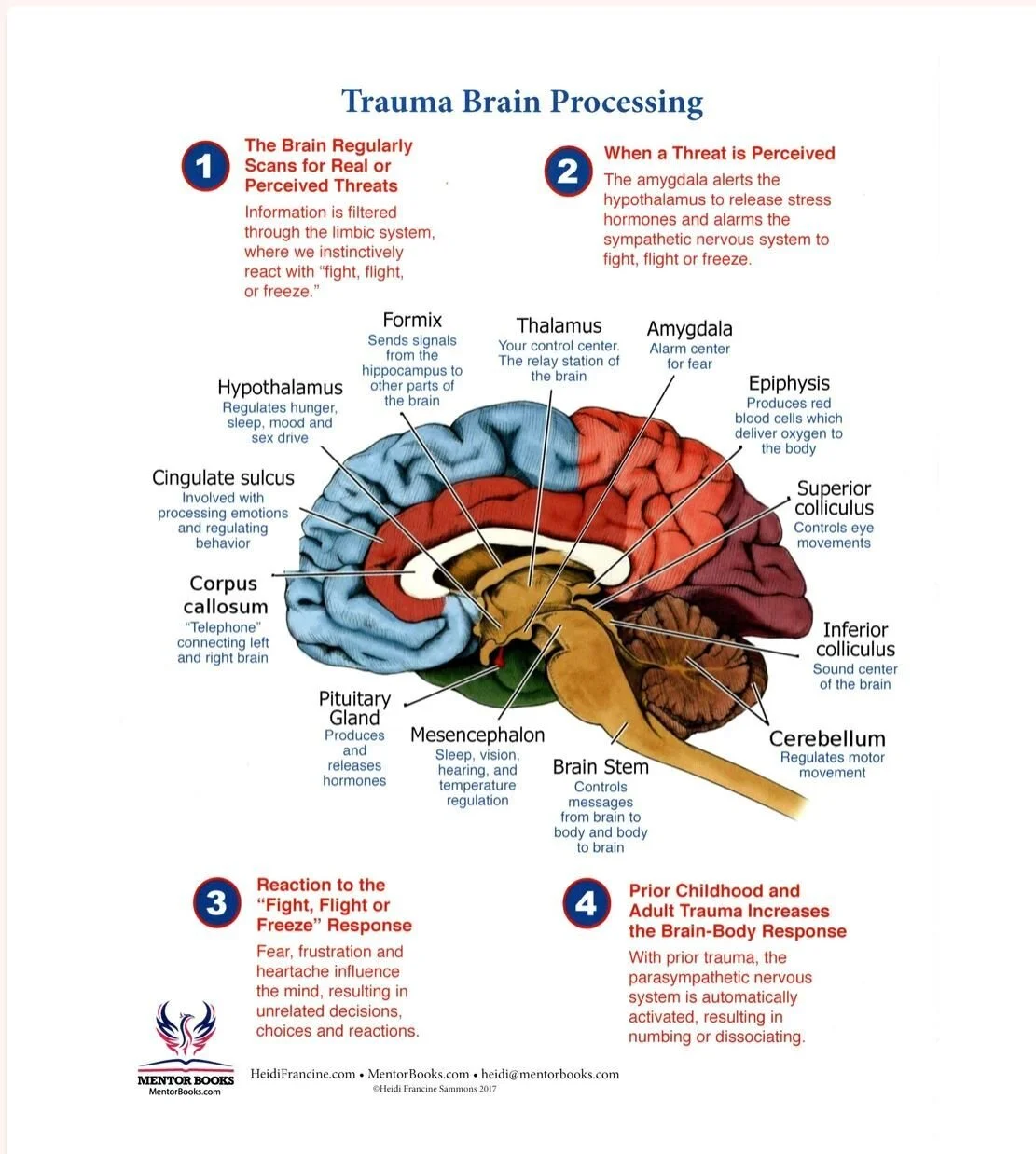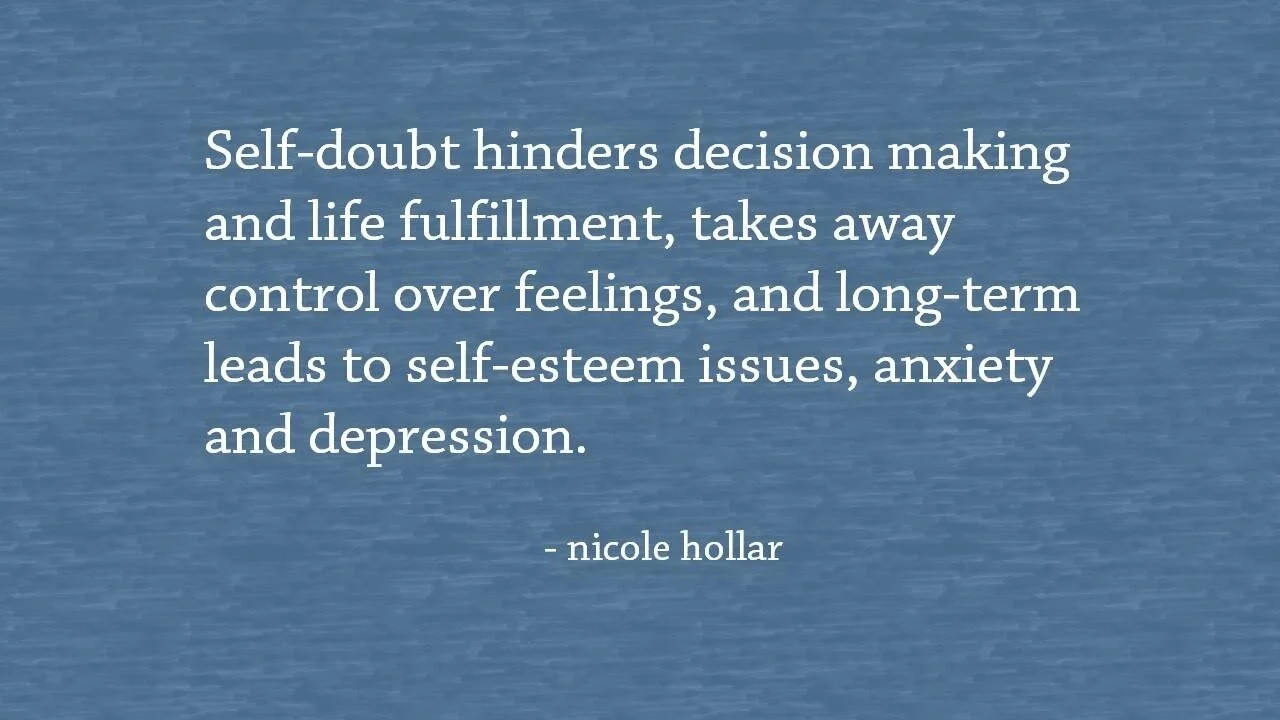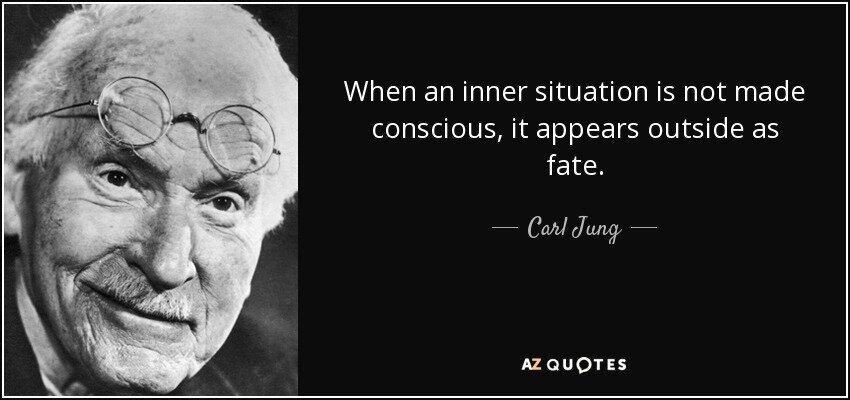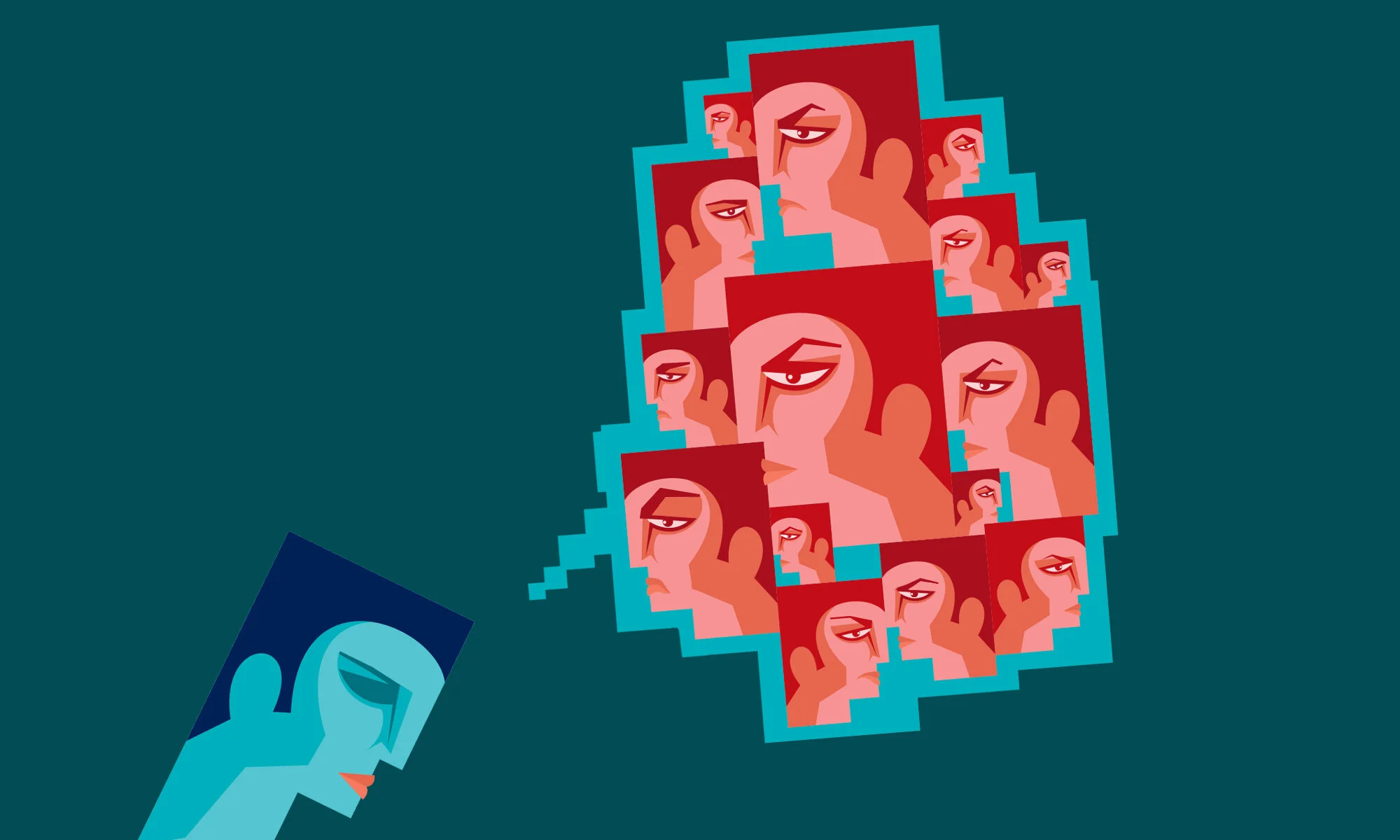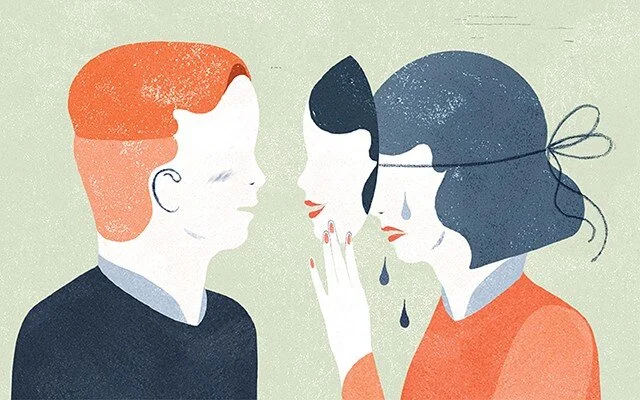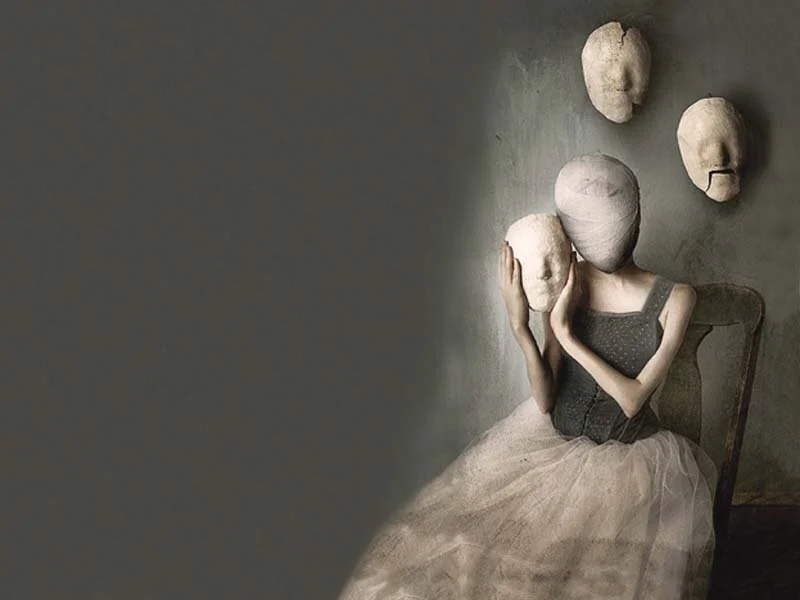You Are Your Trauma Persona
Trauma has largely been identified as excessive physical abuse, sexual violation, extreme emotional abuse, along with severe neglect or exposure to life-threatening events.
Longtime psychotherapist and author of The 5 Personality Patterns, Steven Kessler, describes this stereotypical trauma as Shock-Trauma.
Researcher, psychiatrist and author of Psychological Trauma, Bessel van der Kolk, M.D., endorses a more complex version of trauma that he coins Developmental-Trauma.
Developmental-Trauma emerges during the growing years and is catalyzed by adverse childhood experiences. Children from separated or divorced homes. Those who grew up being gaslighted or bullied. Children who witnessed and were exposed to family violence. Those children who were abandoned by a parent or exposure to addiction. Children who were routinely criticized, yelled at or had to meet elevated expectations. Those children who were only noticed by their mistakes or achievements. Children whose caregivers or parents were diagnosed with anxiety, bipolar, depression, PTSD or other mental illnesses. Children who were disciplined physically. Those children whose emotions went largely overlooked.
All of THIS IS TRAMA!
And it affects us in adulthood!
Straightforwardly speaking, the neurological and emotional developmental centers of the brain that manage negative arousal during childhood are not fully developed.
Meaning, children do not have the Executive Function that allows for adult-like reasoning during times of stress, difficulty, even impulsivity. This executive function is referred to as top-down reasoning and occurs in the prefrontal cortex, specifically the dorsolateral and orbitofrontal cortices of the brain.
Which is underdeveloped until early adulthood.
In addition, the cingulate gyrus of the brain that is responsible for emotional regulation, is not matured until adulthood.
Children simply do not have the wiring necessary to handle adverse experiences and negative emotional processing when faced with Shock-Trauma or Developmental-Trauma.
What is trauma?Studying the implications of trauma, the U.S. Department of Health and Human Services Substance Abuse and Mental Health Services Administration (SAMHSA), submits that trauma is shaped by experiences which create a sense of
“Overwhelm & Confusion”
It’s that simple ...Adverse childhood experiences, absent of adult reasoning and void of emotional wisdom that aids in overwhelm or confusion, results in neurological trauma.
What are the ramifications of this response?George J. Augustine, PhD. and associates, in Neuroscience 3rd Edition, explains that childhood overwhelm and confusion cultivates sophisticated, yet maladaptive, defense mechanisms that affect our rational processing throughout adulthood.
Submitting that the Limbic System - the primal region of the brain - overtly manipulates the prefrontal cortex of the rational brain by creating subconscious, filtered thoughts which carry out conditioned behaviors.
In other words, our thoughts and behaviors are far more influenced by our primal brain than our rational brain.
In fact, research published in 2018 by the Department of Psychology, University of Texas, reveals that overwhelm and confusion creates a lifetime of biochemical reactions that even neurologically influences our daily perceptions.
In an attempt to manage daily stress and triggers, the subconscious mind develops neuro-biochemical reactions that shape our daily perceptions in an attempt to protect us during times of negative arousal. Which subconsciously sway our beliefs and decisions.
Neuropsychological research into Shock and Developmental Trauma acknowledges that the primal parts of the brain have power over the rational parts of the brain. Exposure to childhood overwhelm and confusion regulates the adult psyche.
The psychology of it all ...SAMHSA’s Trauma Informed Care Model emphasizes that Shock and Developmental Trauma unfavorably impacts self-trust and creates self-doubt. Which psychologically speaking creates a pattern of subconscious and maladaptive coping mechanisms which control thoughts, choices and behaviors.
Dr. Gabor Maté, trauma informed physician and author, submits that our true self is lost within a jumble of adopted coping mechanisms formed by childhood overwhelm and confusion.
The above-mentioned Steven Kessler says that our personality is constructed by conditioned patterns that create behaviors due to childhood overwhelm and confusion.
Psychologist, and author of Character Styles, Stephen M Johnson, Ph.D., asserts that our behaviors are a result of early life distress, creating lifelong internal conflicts that are exhibited as character traits.
we are driven more by subconscious, self-doubt than we are driven by conscious rationality
As a psychotherapist I have heard horrific Shock-Trauma stories.
More often, however, I hear Developmental-Trauma hidden within a story, “I had a normal childhood.”
In my clinical experiences, and within my studies of childhood overwhelm and confusion, I recognize that deeply embedded, unconscious trauma patterns direct self-doubting behaviors and construct self-limiting beliefs.
Trauma related self-doubt is reflective in both the mannerisms and narratives that are uncovered within the many layers of a client’s processing. These experiences and reflections have allowed me to craft what I call Trauma Personas.
Each Trauma Persona reveals the originating trauma wound, highlights faulty coping mechanisms, uncovers the root trauma pattern and exposes the inner critic which perpetuates self-doubt and conditioned self-limitations. All of which unconsciously direct a life of dissatisfaction, reinforce powerlessness, and can lead to restricted self-growth.
Below are 5 Personas that present most often:
1. Idealized Persona: The wound often comes from an indoctrinated intent to look ideal. The convincing inner critic will “should” all over themselves and others. Doing what was done to them. Relentlessly surveying for faults in themselves, others, and situations. They find it easier to express external experiences rather than finding internal meaning. Their feelings are under control and allowed if internally accepted. They are driven by external chores rather than internal connections with self. To avoid errors, and to soothe underlying anxiety, they resist change, stay organized, control situations for predictability, find pride in being correct, everything tends to be a problem, have restless mind chatter, and often avoid physical contact with outsiders. Trauma pattern: lacks self-trust and fears loss of control.
2. Pleaser Persona: The wound often comes from experiencing that other’s needs are more important. The inner critic pushes them to put the needs of others before their own. They assess the environment to make sure everyone is okay, hoping for a sense of connection and worthiness. To avoid feelings and emotions they often acclimate, pacify, even manipulate. They identify as a nurturer or victim; some vacillate between both. They are prone to respiratory issues and autoimmunity. Their only option to recharge is to get sick which provides an escape from caring for others. To avoid disgrace, and to soothe internal scarcity, they emphasize empathy, have difficulty saying no, lack autonomy, engage erratically in self-care, often indulge in addictions/dependencies. Trauma pattern: lacks independence and fears loss of connection.
3. Immovable Persona: The wound often comes from squashed self-expressions. The inner critic diminishes capabilities, deters pride, and reinforces retreat. To foster confidence, they resist other’s recommendations and stay determined in their views. Passive aggressively they downplay involvement with collaborative decisions or decisions that affect others. To avoid disappointment, they evade achievement. To protect themselves, they tend to remain secretive. They are an anchor in a storm yet suffer brain fog. Change is too menacing. To avoid dishonor, and to soothe underlying self-remorse, they have difficulty identifying feelings, self-sabotage to allow defeat which eludes disgrace, and they often carry martyr-like burdens. Trauma pattern: oppose growth and fears humiliation, reprimand, and intrusion.
4. Betrayed Persona: The wound often comes from encounters of feeling unimportant. The scorned inner critic projects significance by externally expressing competence. They tend to overly assert their drive and strength. Domination and control allow them to feel important. Over defensiveness is a result of exhausting vigilance. Becomes the helper to be branded a savior. To reinforce unimportance, their needs can be lofty and difficult to meet. They participate in intense healthy habits or in intense unhealthy habits. They can lack sensitivity. To avoid being deceived, and to soothe internal irrelevance, they often mask themselves behind charisma and superiority, command presence to look bigger than they are, only find value in proficiency, habitually treat others as things not beings. Trauma pattern: lacks self-love and fears vulnerability.
5. Fractured Persona: The wound often comes from significant abuse/neglect/life threatening events. The inner critic is buried in self-hatred and uselessness. They are often on edge and have trouble being grounded. Emotions and feelings are very difficult to detect. They have trouble relating to their body. There is a high risk for addiction or dependence. Boundaries are problematic. Topics can be spontaneous and they easily lose track of time. Tend to be innovative and artistic. To avoid stress, they usually are socially avoidant. They are hypervigilant and ready to escape. To avoid threat, or manage overwhelm and confusion, they forgo sleep, perceive other’s feelings to gauge safety, engage in self-harm, and will display dissociation. Trauma pattern: self-loathing and fears physical and emotional openness.
Mostly, one Persona is the dominant representation while a secondary, less dominant representation assists navigating the subconscious drives. Some Persona’s are resistant to healing. While others are receptive to healing. It may be surprising to know that Personas also evolve into more enriching Personas, allowing for a stronger connection to self. In relationships, specific Personas are drawn to other Personas, allowing for an interconnect play between trauma patterns.
Underscoring the likelihood of childhood trauma is Harvard University Department of Psychology which published an upsetting fact.
“The majority of children and adolescents in the U.S. will experience a traumatic event before adulthood.”
Dr. McLaughlin, and colleagues, further state that adverse childhood events, that result in overwhelm and confusion, inhibit healthy emotional maturity and damage self-worth, which is carried into adulthood. The study further states that commonly treated mental health issues such as depression and anxiety are a direct result of childhood trauma.
The aforementioned childhood trauma experts, Drs. Kessler, Johnson, Maté and van der Kolk, all agree that trauma exposure impedes key developmental skills and produces flawed coping mechanisms that are too often misperceived as our Persona.
As a Trauma-Informed therapist, my theoretical stance and approach with most clients, is that unresolved childhood overwhelm and confusion creates repeated negative patterned beliefs and behaviors that reinforce self-limitations and impede self-enrichment.
When trauma patterns are identified, the unhealthy parts of the psyche are revealed. The inner-critic, who creates negative patterns and maintains internal conflict, is exposed. Thus allowing for the rebirth and cultivation of an enriched and evolved new life.


